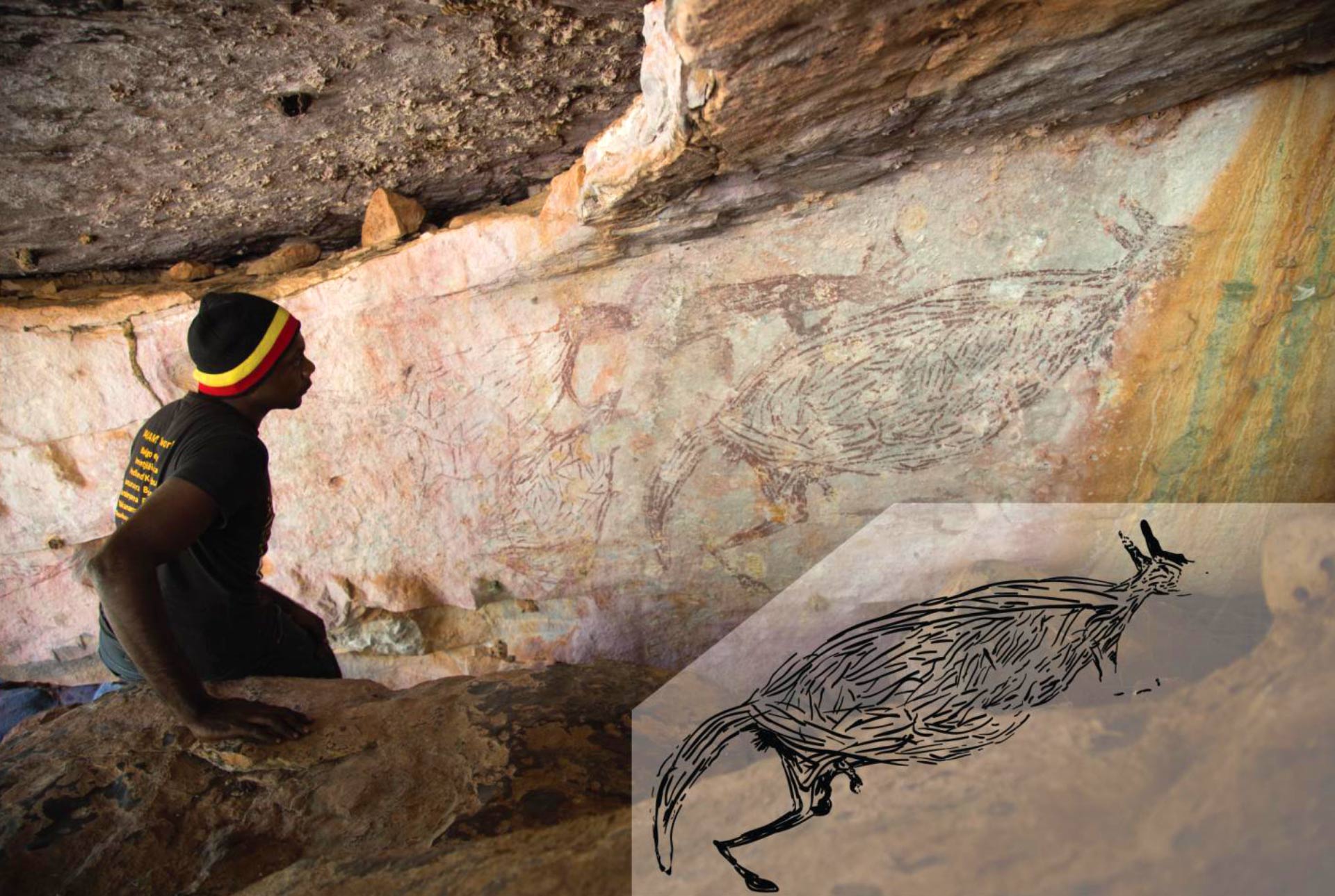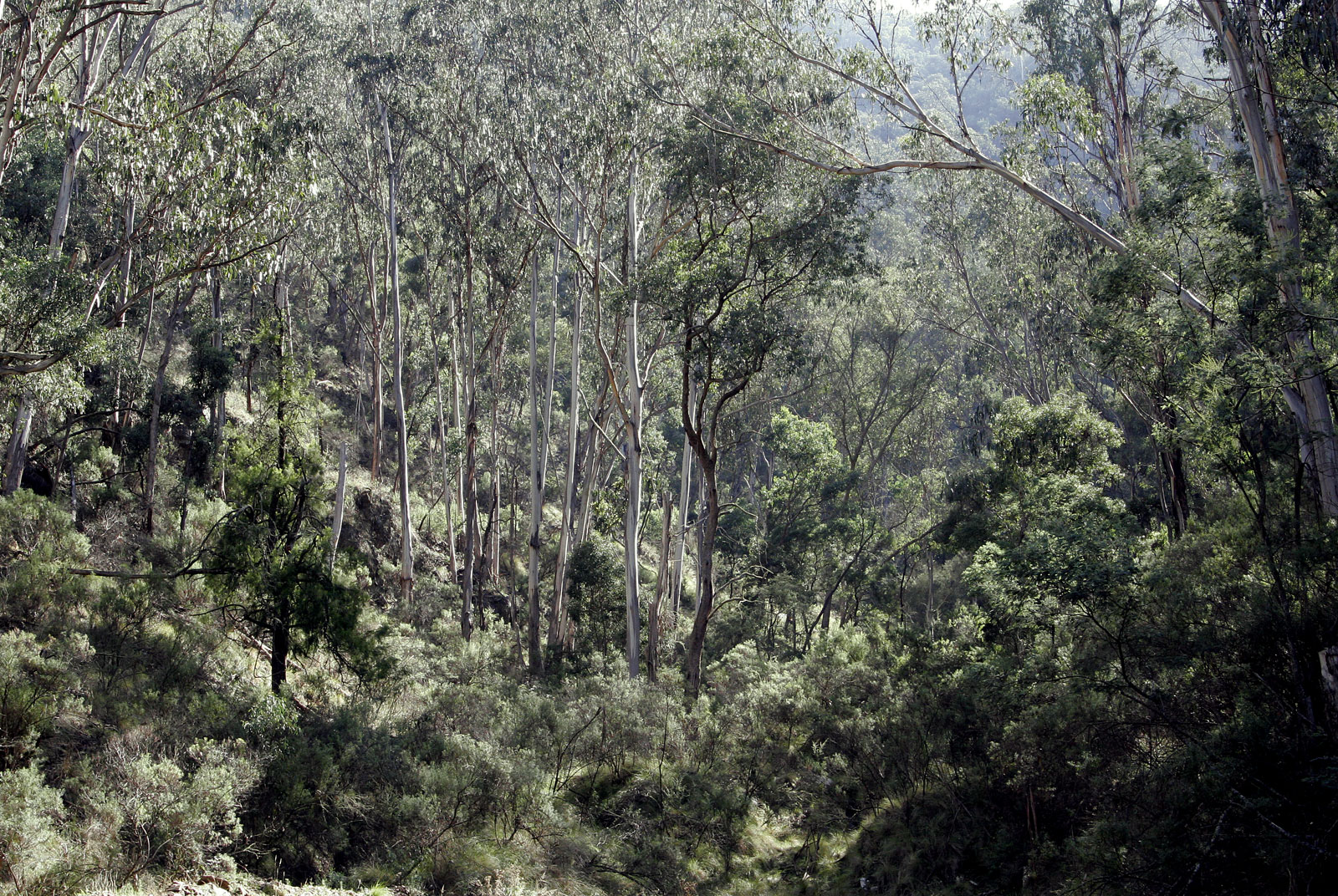|
Terminalia Fitzgeraldii
''Terminalia fitzgeraldii'' is a tree of the family ''Combretaceae'' native to Western Australia. The tree typically grows to a height of in height but can reach up to and is deciduous In the fields of horticulture and botany, the term deciduous () means "falling off at maturity" and "tending to fall off", in reference to trees and shrubs that seasonally shed Leaf, leaves, usually in the autumn; to the shedding of petals, aft .... It blooms between July and December producing white-yellow flowers. It is found in rocky creek beds and on alluvial plains in the Kimberley region of Western Australia growing in lateritic clay soils. References {{Taxonbar, from=Q17583231 Trees of Australia Flora of Western Australia Plants described in 1923 fitzgeraldii ... [...More Info...] [...Related Items...] OR: [Wikipedia] [Google] [Baidu] |
Combretaceae
The Combretaceae, often called the white mangrove family, are a family of flowering plant Flowering plants are plants that bear flowers and fruits, and form the clade Angiospermae (). The term angiosperm is derived from the Ancient Greek, Greek words (; 'container, vessel') and (; 'seed'), meaning that the seeds are enclosed with ...s in the order Myrtales. The family includes about 530 species of trees, shrubs, and lianas in 10 genera. The family includes the leadwood tree, '' Combretum imberbe''. Three genera, '' Conocarpus'', '' Laguncularia'', and '' Lumnitzera'', grow in mangrove habitats (mangals). The Combretaceae are widespread in the subtropics and tropics. Some members of this family produce useful construction timber, such as idigbo from '' Terminalia ivorensis''. The commonly cultivated '' Quisqualis indica'' (as well as the entire former genus ''Quisqualis'') is now placed in the genus '' Combretum''. Many plants in the former ''Quisqualis'' genus contain t ... [...More Info...] [...Related Items...] OR: [Wikipedia] [Google] [Baidu] |
Deciduous
In the fields of horticulture and botany, the term deciduous () means "falling off at maturity" and "tending to fall off", in reference to trees and shrubs that seasonally shed Leaf, leaves, usually in the autumn; to the shedding of petals, after flowering; and to the shedding of ripe fruit. The antonym of deciduous in the botanical sense is evergreen. Generally, the term "deciduous" means "the dropping of a part that is no longer needed or useful" and the "falling away after its purpose is finished". In plants, it is the result of natural processes. "Deciduous" has a similar meaning when referring to animal parts, such as deciduous antlers in deer, deciduous teeth (baby teeth) in some mammals (including humans); or decidua, the uterine lining that sheds off after birth. Botany In botany and horticulture, deciduous plants, including trees, shrubs and herbaceous perennials, are those that lose all of their Leaf, leaves for part of the year. This process is called abscission. I ... [...More Info...] [...Related Items...] OR: [Wikipedia] [Google] [Baidu] |
Kimberley (Western Australia)
The Kimberley is the northernmost of the nine regions of Western Australia. It is bordered on the west by the Indian Ocean, on the north by the Timor Sea, on the south by the Great Sandy Desert, Great Sandy and Tanami Desert, Tanami deserts in the region of the Pilbara, and on the east by the Northern Territory. The region was named in 1879 by government surveyor Alexander Forrest after Secretary of State for the Colonies John Wodehouse, 1st Earl of Kimberley. History The Kimberley was one of the earliest settled parts of Australia, with the first humans landing about 65,000 years ago. They created a complex culture that developed over thousands of years. Yam (vegetable), Yam (''Dioscorea hastifolia'') agriculture was developed, and rock art suggests that this was where some of the earliest boomerangs were invented. The worship of Wandjina deities was most common in this region, and a complex theology dealing with the transmigration of souls was part of the local people's religi ... [...More Info...] [...Related Items...] OR: [Wikipedia] [Google] [Baidu] |
Trees Of Australia
The flora of Australia comprises a vast assemblage of plant species estimated to over 21,000 vascular and 14,000 non-vascular plants, 250,000 species of fungi and over 3,000 lichens. The flora has strong affinities with the flora of Gondwana, and below the family level has a highly endemic angiosperm flora whose diversity was shaped by the effects of continental drift and climate change since the Cretaceous. Prominent features of the Australian flora are adaptations to aridity and fire which include scleromorphy and serotiny. These adaptations are common in species from the large and well-known families Proteaceae (''Banksia''), Myrtaceae (''Eucalyptus'' - gum trees), and Fabaceae (''Acacia'' - wattle). The arrival of humans around 50,000 years ago and the settlement by Europeans from 1788, has had a significant impact on the flora. The use of fire-stick farming by Aboriginal people led to significant changes in the distribution of plant species over time, and the large-scal ... [...More Info...] [...Related Items...] OR: [Wikipedia] [Google] [Baidu] |
Flora Of Western Australia
The flora of Western Australia comprises 10,842 published native vascular plant species and a further 1,030 unpublished species. They occur within 1,543 genus, genera from 211 Family (biology), families; there are also 1,335 naturalised alien or invasive plant species more commonly known as weeds. There are an estimated 150,000 cryptogam species or nonvascular plants which include lichens, and fungi although only 1,786 species have been published, with 948 algae and 672 lichen the majority. History Indigenous Australians have a long history with the flora of Western Australia. They have for over 50,000 years obtained detailed information on most plants. The information includes its uses as sources for food, shelter, tools and medicine. As Indigenous Australians passed the knowledge along orally or by example, most of this information has been lost, along many of the names they gave the flora. It was not until Europeans started to explore Western Australia that systematic written de ... [...More Info...] [...Related Items...] OR: [Wikipedia] [Google] [Baidu] |
Plants Described In 1923
Plants are the eukaryotes that form the kingdom Plantae; they are predominantly photosynthetic. This means that they obtain their energy from sunlight, using chloroplasts derived from endosymbiosis with cyanobacteria to produce sugars from carbon dioxide and water, using the green pigment chlorophyll. Exceptions are parasitic plants that have lost the genes for chlorophyll and photosynthesis, and obtain their energy from other plants or fungi. Most plants are multicellular, except for some green algae. Historically, as in Aristotle's biology, the plant kingdom encompassed all living things that were not animals, and included algae and fungi. Definitions have narrowed since then; current definitions exclude fungi and some of the algae. By the definition used in this article, plants form the clade Viridiplantae (green plants), which consists of the green algae and the embryophytes or land plants (hornworts, liverworts, mosses, lycophytes, ferns, conifers and other gymnosperm ... [...More Info...] [...Related Items...] OR: [Wikipedia] [Google] [Baidu] |


